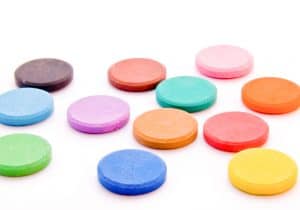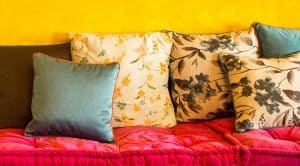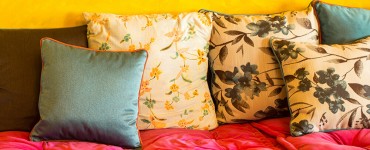Whether you’re a professional interior designer or just someone who likes to dabble in decorating your home, understanding how to use a color wheel is a must. A color wheel is a visual representation of colors arranged according to their chromaticity. By understanding which colors are complementary, you can create beautiful and harmonious color schemes for your home.

What Is a Color Wheel?
A color wheel is a device used by artists and designers to choose colors that work well together. The color wheel is based on the primary colors: red, yellow, and blue. These three colors are the building blocks of all other colors. By mixing these three primary colors, you can create secondary colors: green, purple, and orange. Tertiary colors are made by mixing a primary color with a secondary color. For example, blue-green is a tertiary color made by mixing blue and green.
Why Use a Color Wheel for Interior Design?
Color wheels are a great way to see how colors work together. They can help you create a color scheme for your home that is both pleasing and practical.
There are a few different types of color wheels, but the most basic one has just three colors: red, yellow, and blue. This is called a primary color wheel. By mixing these three colors, you can create all the other colors of the rainbow.
If you want to create a more sophisticated color scheme, you can use a secondary color wheel. This type of color wheel has six colors: orange, green, purple, red-orange, yellow-green, and blue-purple. These are all made by mixing two of the primary colors together.
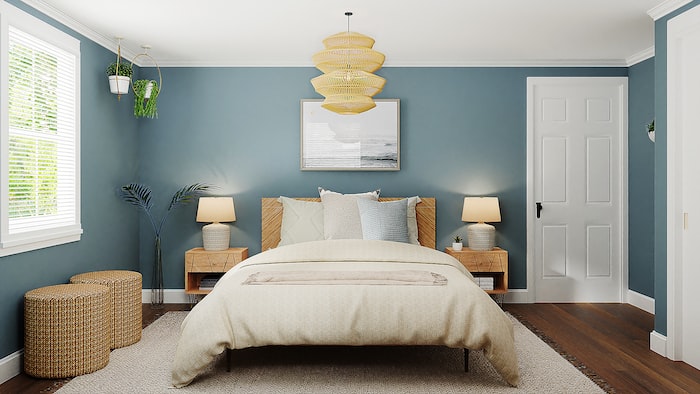
Choosing the Best Color Wheel For interior Design
Choosing the right color wheel for your interior design project is essential to creating the perfect space. But with so many options on the market, it can be hard to know which one is best for you.
Here are a few things to consider when choosing a color wheel for your next project:
- The type of project you’re working on. Are you painting a whole room? Just an accent wall? Adding new furniture or accessories? The type of project will help determine the best color wheel for you.
- Your personal style. Do you prefer bright and bold colors or more subdued tones? This will also help narrow down your options.
- The colors you already have in your space. If you’re starting from scratch, then you have more freedom to choose any color wheel you want.
The Basics of the Color Wheel
When it comes to interior design, one of the most important tools you can use is a color wheel. This simple tool can help you choose the perfect colors for your space, and make sure they all work together.
The color wheel is made up of three primary colors (red, yellow, and blue), three secondary colors (orange, green, and purple), and six tertiary colors (yellow-orange, red-orange, red-purple, blue-purple, blue-green, and yellow-green). To use the color wheel, start by picking one of the primary colors as your base. Then, look to the secondary colors that are on either side of your chosen primary color. These two colors will work well together. Finally, choose one of the tertiary colors to add a little bit of variety.
Complementary Colors
Using a color wheel can be a helpful way to figure out which colors will work well together. Complementary colors are located on opposite sides of the color wheel and can create a striking effect when used together. For example, pairing a light blue with a deep orange can give a room a bright and cheerful feeling.
If you’re looking to add a pop of color to your space, using complementary colors is a great way to do it. However, it’s important to not go too overboard – too much of any one color can be overwhelming. A good rule of thumb is to use the lighter shade of the two colors for walls or larger areas, and the darker shade for accents or smaller spaces.
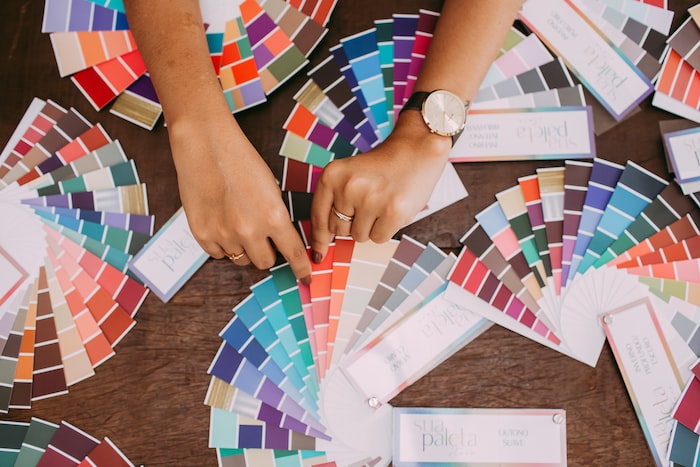
Analogous Colors
One of the first things to understand about the color wheel is analogous colors. These are colors that sit next to each other on the wheel, and they usually work well together in design because they share similar tones and hues. For example, if you’re looking for a calm and serene space, you might choose colors like pale blue, soft green, and lavender. On the other hand, if you want something a little more energetic, you could go for orange, yellow, and red.
Triadic Colors
There are many different ways to use color in interior design, but one of the most popular and effective ways is to use triadic colors. Triadic colors are three colors that are evenly spaced on the color wheel. When used together, they create a harmonious and pleasing effect.
To choose triadic colors for your interior design project, first find the main color you want to use. Then, look at the color wheel and find the two colors that are equally spaced from it. These will be your triadic colors.
For example, if you want to use blue as your main color, your triadic colors will be yellow and red. If you want to use green as your main color, your triadic colors will be purple and orange.
RGB vs. CMYK Color Wheels
As a design professional, it’s important to know the difference between RGB and CMYK color models. Here’s a breakdown of each color wheel and when you should use each one.
The RGB color model is an additive color model in which red, green, and blue light are added together in various ways to reproduce a wide array of colors. The name of the model comes from the initials of the three additive primary colors, red, green, and blue.
The CMYK color model (subtractive color model) is a four-color printing process used in color printing, and is also used to describe the printing process itself. CMYK refers to the four ink plates used in some color printing: cyan, magenta, yellow, and black.


